From 1990 to 1992, the great organ , which became surely the most famous 20th century in the world, was the subject of a major restoration by a group of French organ builders.
The building was constructed between 1907-1915. Interior work, begun in 1922, was near completion when Pope Pius XI named the church the first Basilica in the United States on February 1, 1926.
The first major renovation of the Mandir took place in 1979, under the guidance of Mr.Arun Shirole.
The Cathedral of Saint Paul is now a civic landmark and the mother church of the Roman Catholic Archdiocese of Paul and Minneapolis.
The temple is made with four platforms; 200 round and square columns on the south and west sides. The building spans 40 meters (131 feet) wide.
Built by the pre-Columbian Maya civilization sometime between the 9th and 12th centuries CE, El Castillo served as a temple to the god Kukulkan, the Yucatec Maya Feathered Serpent deity closely related to the god Quetzalcoatl known to the Aztecs and other central Mexican cultures of the Postclassic period.
The Temple of the Wind is one of several structures within the Tulum archaeological park. Visitors can climb up to the temple, but cannot enter or climb on it.
Outer face of lintel, and narow wall above painted yellow, blue and red. Colors were changed as new layers of plaster were added.
The Parish of Our Lady of Carmen was founded by Father Juan Amezcua, LC, the construction of this Parish took much more time and effort than you could imagine.
The Parish of St. Nicholas originated in the fourteenth century and named after Nicholas of Myra (Saint Nicholas), patron saint of port cities and seafarers.
The reformed Great or St.-Bavo Church was last restored in 1980-1985. It is a late Gothic cross-basilica with a slimline cross tower (restored in 1964-1969).
On Thursday, March 22, 1810, the Church was consecrated according to the rites and ceremonies of the Protestant Episcopal Church by the Right Rev. Benjamin Moore and renamed "Zion Protestant Episcopal Church." (http://www.transfigurationnyc.org/p/about-us/our-history)
St. Innocent Orthodox Cathedral was founded in 1967 as a parish to serve not only the local population of the Anchorage area but also to serve the countless visitors to our city from remote Alaskan villages and the lower 48.
The Old Dutch Church of Sleepy Hollow, listed on the National Register of Historic Places as Dutch Reformed Church, is a 17th-century stone church located on Albany Post Road in Sleepy Hollow, New York, United States.
The idea for the Cemetery originated with Washington Irving and Captain Jacob Storm as the villages of Tarrytown and North Tarrytown were growing and additional burial space was required locally. The Cemetery was formally opened (as Tarrytown Cemetery) in 1849.
The beautiful structure that is now Our Lady Star of the Sea Roman Catholic Church had its humble beginnings in a small wooden building located directly across the street from where it currently stands. Saint Mary's Church, as it was then known, was built in 1848.
The current church is a two-story building constructed in 1969 over the site of an earlier Byzantine-era and then Crusader-era church. Inside, the lower level contains the Grotto of the Annunciation, believed by many Christians to be the remains of the original childhood home of Mary.
The church is built on the site of the Church of Nutrition quoted by the pilgrim Arculfe about 670 in De locis sanctis (II, 26), then a church of the crusaders of the kingdom of Jerusalem, whose vestiges under the crypt and a Franciscan church built in the 17th century.
The house of St. Peter, often mentioned by the Synoptic Gospels in relation to the activity of Jesus in Capharnaum, and recorded later on by pilgrims, was rediscovered in 1968 under the foundations of the octagonal church some 30 m south of the synagogue.
One of the main highlights of the church are its restored 5th-century mosaics. These are the earliest known examples of figurative floor mosaics in Christian art in the Holy Land. The mosaics in the two transepts depict various wetland birds and plants, with a prominent place given to the lotus flower.





















